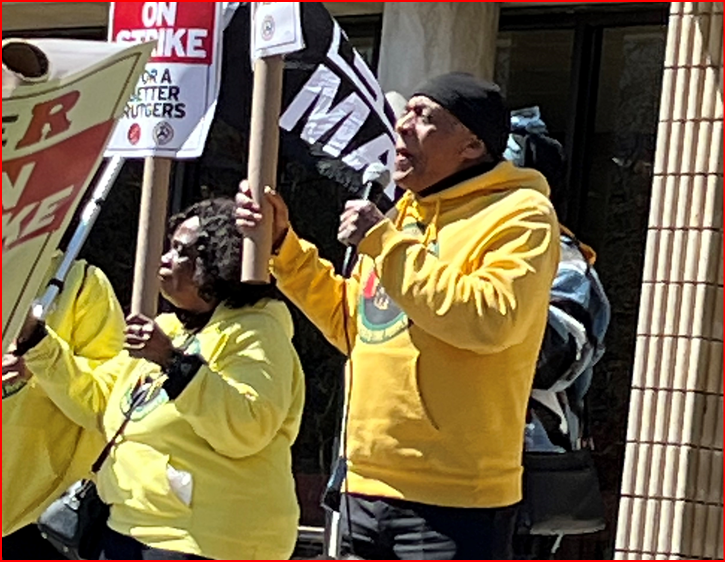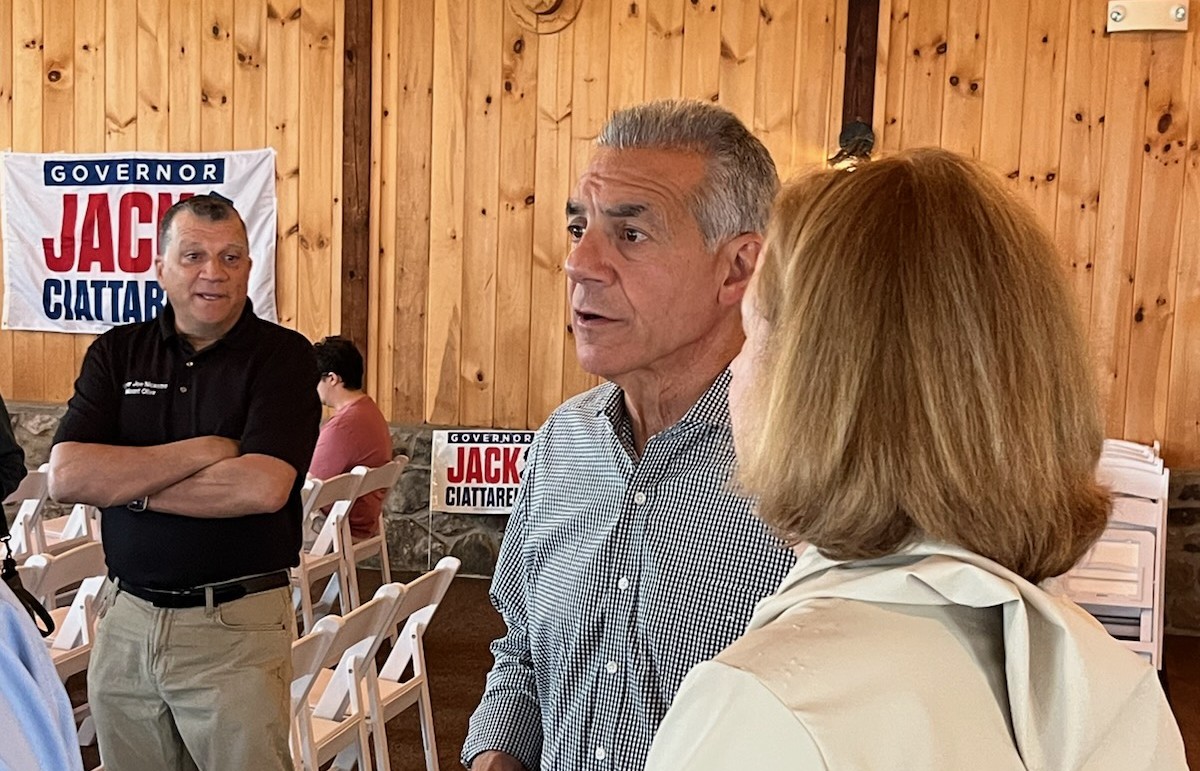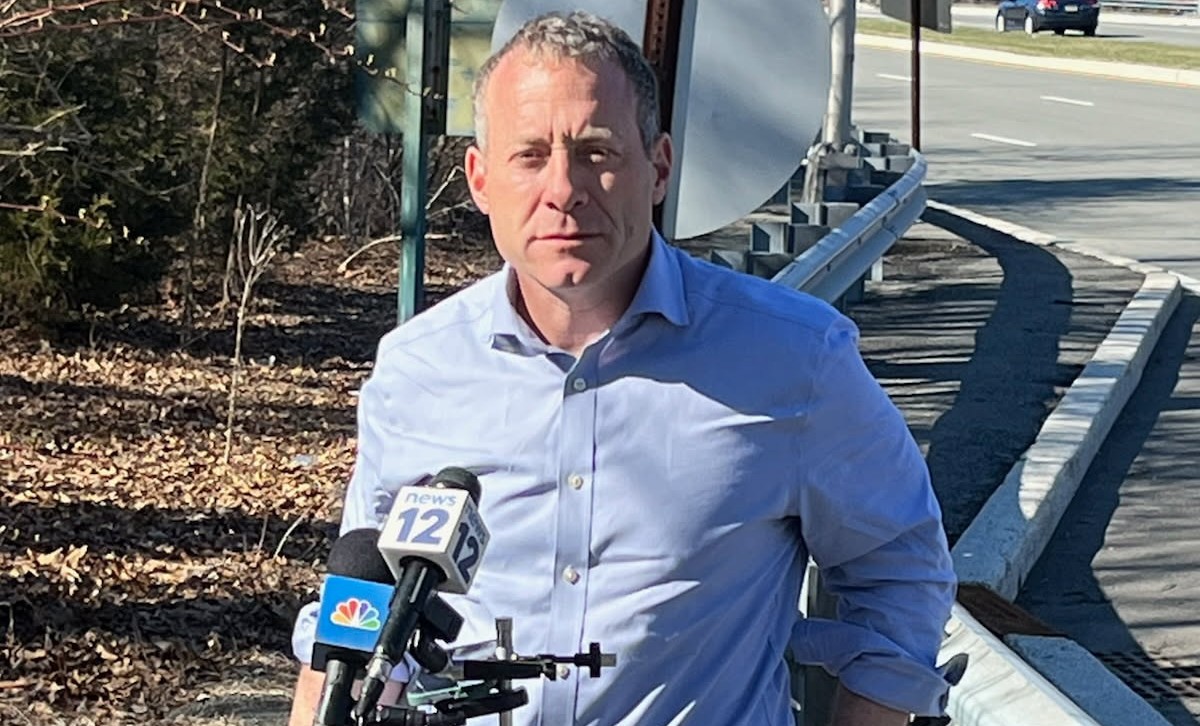The Rutgers protest that took place on November 19, 2019, was a significant event that drew attention from the media and the public. The protest was organized by a group of students who were demanding better conditions for marginalized communities on campus. The protest lasted for several hours and involved a sit-in at the university’s administrative building. In this article, we will take a comprehensive look at the Rutgers protest, what happened, and why it occurred.
What Happened?
The Rutgers protest was organized by a group of students who were part of the Rutgers United Students Against Sweatshops (RUSAS) organization. The group had been advocating for better working conditions for university staff and fair wages for student workers. However, the protest was sparked by an incident that occurred on November 7, 2019, when a professor used the N-word during a class discussion.
The incident caused outrage among students, who felt that the university administration had not done enough to address issues of racism and discrimination on campus. The RUSAS group decided to organize a protest to demand that the university take action to address these issues.
On November 19, 2019, hundreds of students gathered outside the administrative building on campus to demand that the university administration take action. The protesters were carrying signs and chanting slogans such as “No justice, no peace” and “Black lives matter.” The protesters then entered the building and staged a sit-in, refusing to leave until their demands were met.
The sit-in lasted for several hours, during which time the protesters engaged in discussions with university officials. The university administration eventually agreed to meet some of the protesters’ demands, including the creation of a task force to address issues of racism and discrimination on campus.
Why Did It Occur?
The Rutgers protest occurred because of a long-standing issue of racism and discrimination on campus. Students had been advocating for better conditions for marginalized communities on campus for years, but the incident involving the professor’s use of the N-word was the catalyst that sparked the protest.
The incident highlighted the university’s failure to address issues of racism and discrimination on campus. Students felt that the university administration had not done enough to create a safe and inclusive environment for all students, particularly those from marginalized communities.
The protest was also a response to broader societal issues, such as the Black Lives Matter movement and the ongoing struggle for social justice. Students felt that they had a responsibility to speak out against racism and discrimination, both on campus and in society as a whole.
Conclusion
The Rutgers protest was a significant event that drew attention to issues of racism and discrimination on campus. The protest was organized by students who were demanding better conditions for marginalized communities on campus, and it was sparked by an incident involving a professor’s use of the N-word.
The protest was a response to broader societal issues, such as the Black Lives Matter movement and the ongoing struggle for social justice. Students felt that they had a responsibility to speak out against racism and discrimination, both on campus and in society as a whole.
The protest ultimately led to some positive changes, including the creation of a task force to address issues of racism and discrimination on campus. However, there is still much work to be done to create a safe and inclusive environment for all students at Rutgers and beyond.




